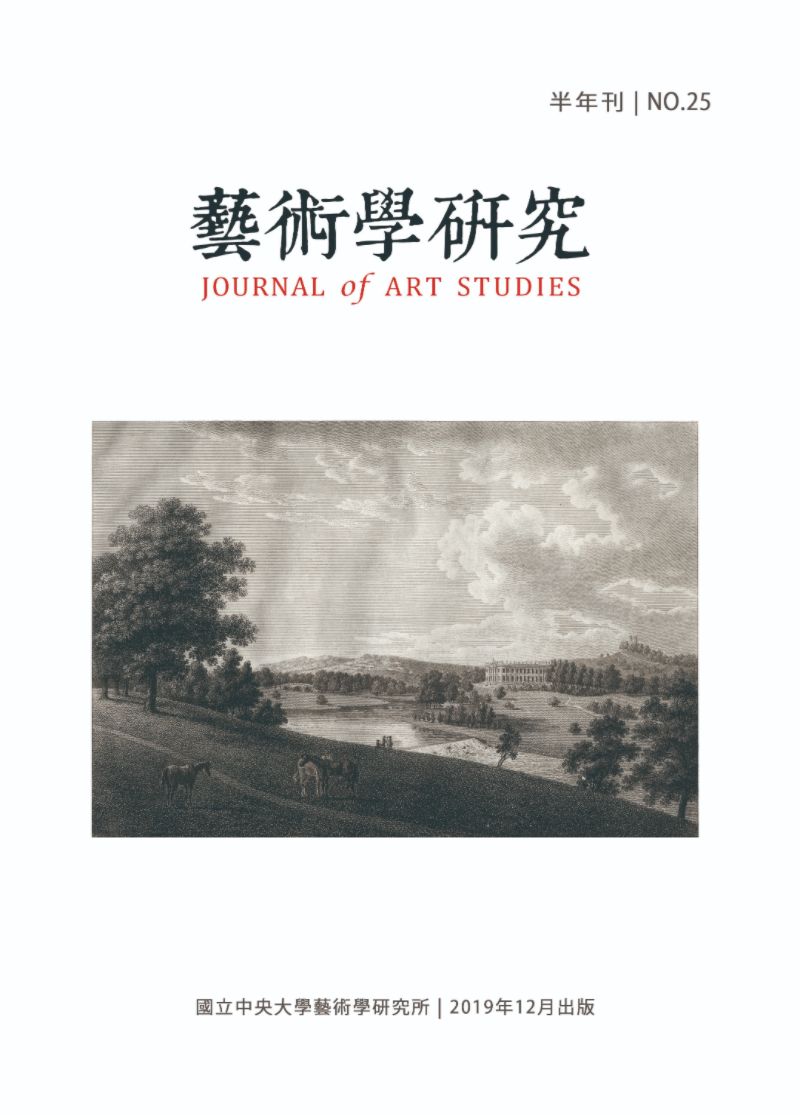1930年代超現實繪畫經由日本傳入東亞,在主流畫壇如曇花一現,延續至第二次世界大戰後。本文探討1930年代該 繪畫從日本影響臺灣、中國,被不同程度地轉譯、創作的情形,說明如此生變的過程,思考其與東亞美術、社會發展的關係。 例如,受日本獨立美術協會來臺展覽刺激,在臺日人畫家山下武夫、桑田喜好等人成立新興洋畫會,創作具超現實畫風的作品。他們的創作與想像看似天馬行空,實則轉化了地方色的圖像。臺陽美術協會的 畫家們面對此創作風潮看似缺席,亦或有所警覺性抗拒的姿勢,同樣值得省思。中國畫家成立中華獨立美術協會,相當積極地從事翻譯與創作,藉此訴說改革畫壇的雄心壯志。
隨著此方面的基礎研究逐漸補足,提供了以更全面的視野思考臺灣與近代東亞美術史的機會。本文首先簡述東亞超現實繪畫的誕生,回顧目
前的研究成果,提出研究上的問題意識。其次,分析該繪畫在作品展示與
理論轉譯的過程,並且探討創作風格 、圖像的共相和差異。在此基礎上,
進而從 30年代東亞美術與社會的現實面,思考產生如此生 變的緣由。
This paper explores the transformation and creation of surrealistic painting in East Asia during the 1930s, illuminates the diverse processes which arise through the interplay of the arts and social realities in East Asia. Previous scholarship has examined the introduction of surrealism to Japan from Europe in the late 1920s, which, though it spread throughout East Asia in the 1930s, disappeared rapidly during Second World War. However, little attention has been paid to the art associations of Taiwan and China from a comparative perspective-associations which were simultaneously inspired by surrealist art promoted by the Independent Art Association founded in Tokyo, 1930. This paper indicates that in colonial Taiwan, Japanese surrealistic artists engaged in the transformation of local images, while Taiwanese artists rejected surrealism. On the other hand, Chinese artists translated and engaged actively in surrealism to improve the artistic and social realities.
This paper firstly provides an overview of the emergence of surrealist art in East Asia during the 1930s, and of research findings to date. Secondly, the paper not only examines the curation of surrealistic paintings, and the translation of the theory, but also presents a stylistic and iconological analysis of these artists’ works. This paper draws on these to reveal the diversification of surrealist art in East Asia, and provides an opportunity for rethinking modern art history in Taiwan and East Asia.


